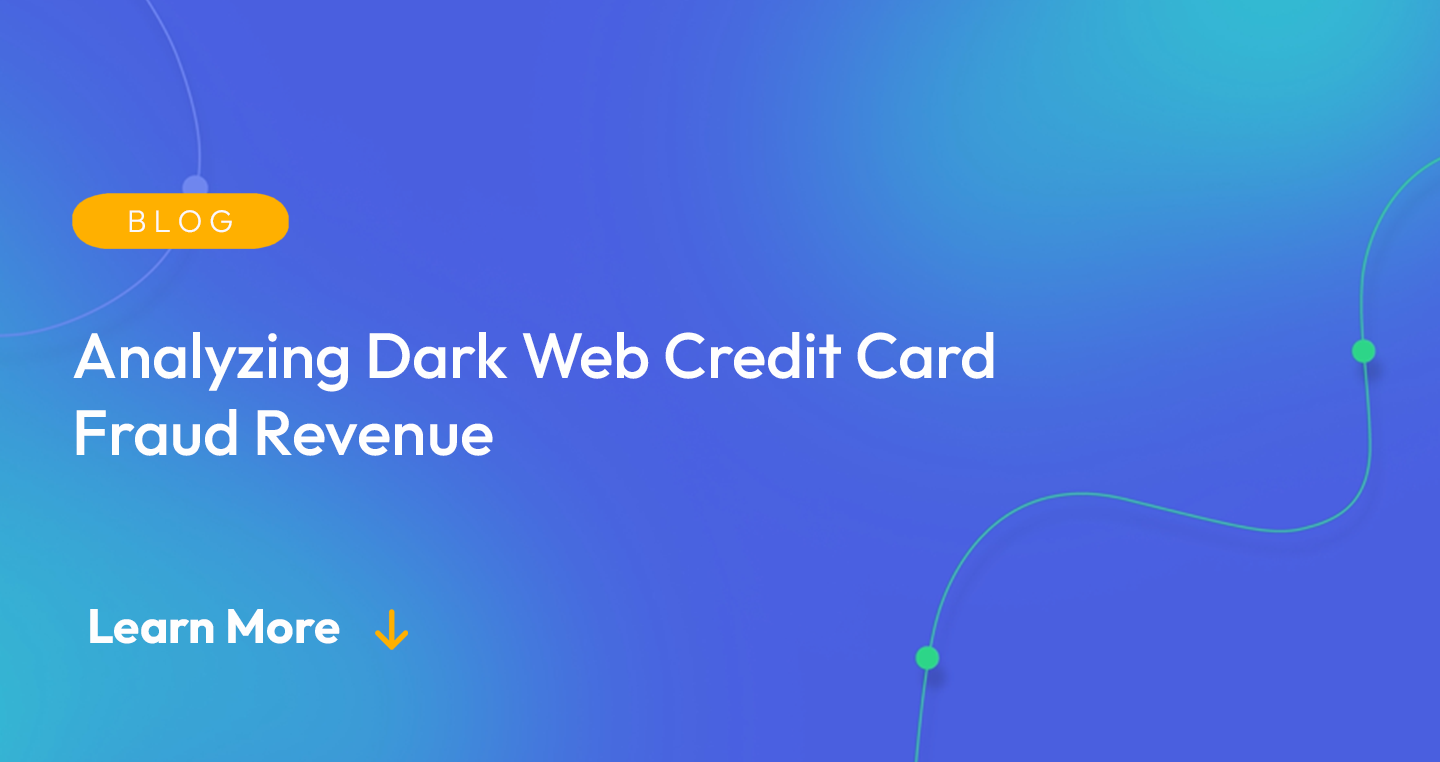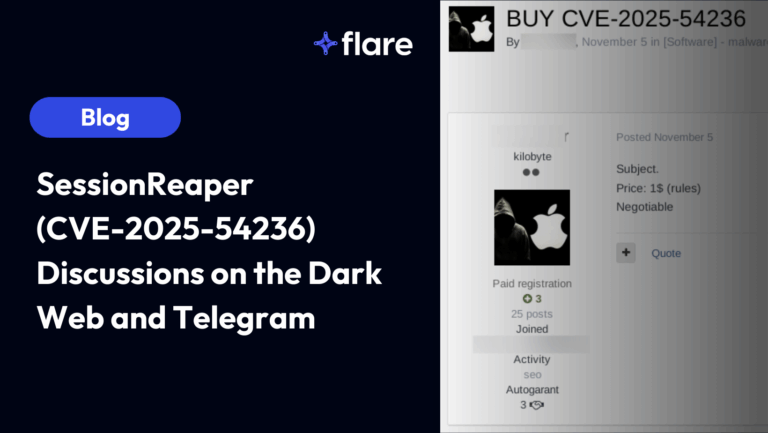
Dark web credit card fraud may seem like a lucrative business. Within the last year, there have been two cases in the U.S. of credit card fraud schemes.
Earlier this year, a New York man pled guilty to a credit card scheme which made over $1.5 million in fraudulent purchases, and in which some participants stole credit card information through the dark web.
A federal jury convicted a D.C. woman who purchased luxury items and gift cards over the course of several years through a credit card fraud scheme.
However, the vast majority of cybercriminals who steal information from credit cards, otherwise known as carders, do not make nearly as much. So, how much money do carders make? We reviewed ads related to credit card fraud, or carding, to answer this question.
How Much Do Dark Web Credit Card Fraudsters Make?
We analyzed 530,640 ads by 13,343 threat actors/vendors placed on the six largest dark web illicit markets. We isolated the 52,986 ads related to carding posted by 1,578 and calculated their revenues based on the feedback the posts received.
Carders: Monthly Revenues
| Minimum | $0 |
| Maximum | $140,269 |
| Average | $807 |
| Median | $0 |
Though top carders can make over six figures in a month, a vast majority do not make $1,000. The average revenues (not profits!) sits at $807 per month. The top earning carders are pulling the average up, as the median revenue per month is $0.
Top-Earning Carders: Monthly Revenues
| Top 1% | $16,243 |
| Top 10% | $1,405 |
| Top 25% | $170 |
We became curious about breaking down the data within top-earning carders, so we calculated the monthly revenues of the top 1, 10, and 25% of carders. There is a vast difference between each of these categories.
The top 10% earners of carding earn $1,405 per month or more. At 40 hours per week, that translates to an hourly wage of $9 for carders in the top 10%. For reference, that is about 20% more than the U.S. federal minimum salary.
Carding Revenue Distribution
We further broke down the revenues of the top earning vendors, and found that two vendors make over $80,000 per month, while a vast majority of the vendors barely make any money.
You may be wondering what draws these threat actors into carding, when the chances are that they will barely make any money, if anything at all. Our guess? They’re hoping to get into these top two spots.
Carders can see that some of their peers generate significant sales, and possibly believe that they could do so too in the future. This may be after the top earning carders retire or are arrested.
How Flare Can Help with Dark Web Credit Card Monitoring
Flare monitors the clear and dark web as well as illicit Telegram channels for high-risk external threats to your organization, including stolen financial information.
Curious about how Flare can help your organization detect credit card fraud? Sign up for a free trial to try it yourself.





